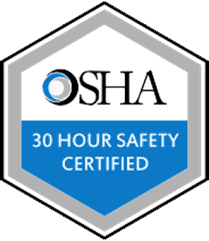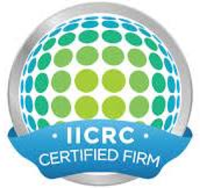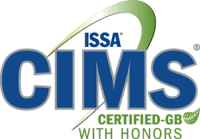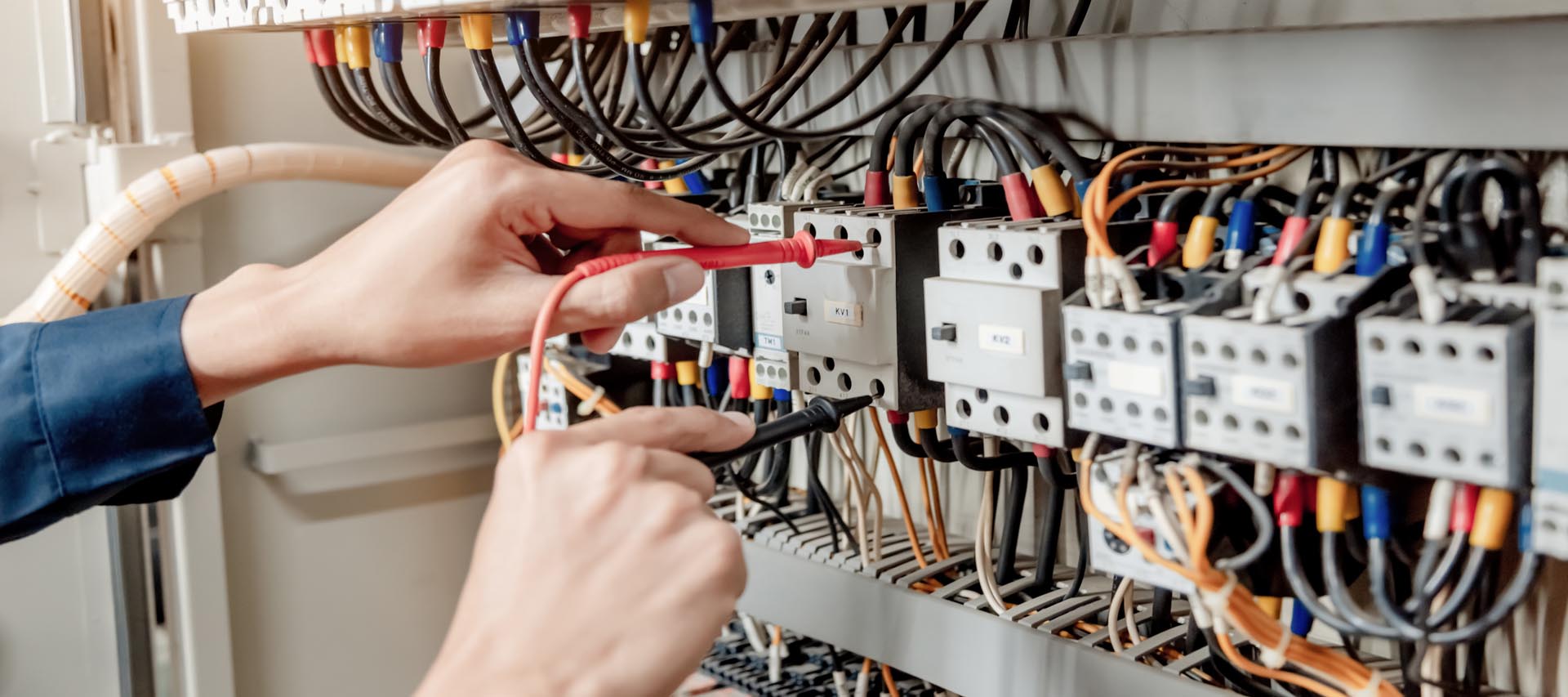
What Do Our Customers Say?
Robert H.
DHA
ZF did an awesome job moving our office, especially the computer equipment. They were meticulous in their process of caring for these high valued items.
Jeremy S.
Talu
Zero Foxtrot is always on-time, personable, dressed professionally and eager to get each project completed. I would recommend them for any type of government project.
Cable Abatement Services in Washington, DC
Cable abatement is defined as the removal of abandoned cables or cables no longer in use that are still installed. Leaving unused cables installed is a significant legal liability, a dangerous fire hazard, and a National Electrical Code (NEC) violation.
Julie Knudson emphasizes this in her article on Electric Contractor with a quote from an expert in the field: “‘Abandoned cable is a hazard because of the toxic smoke in case of a fire, and so, therefore, it should be removed,’ said Ron Kunkel, president of Signawest Systems Inc., Newark, Calif. ‘It’s a life-safety issue.'”
Since cable abatement is such an important task, Zero Foxtrot takes it seriously. Safety is the most important factor, making choosing a reliable cable abatement company extremely important.
We carefully trained our cable installation and abatement team to keep you and your environment safe. We also offer cable installation and cable abatement services together or a la carte, and you can read more about that on our cable installation page. For more information and frequently asked questions on cable abatement, read on.
Cable Abatement FAQs
- How Much Experience Do Cable Abatement Companies Have?
- What Is the Full Scope of Cable Removal Services that Companies Offer?
- What Certifications Should a Company Have to Remove Cables in Compliance with the Law?
- What Safety Protocols Do Companies Follow During the Cable Abatement Process?
- How Will Companies Minimize Disruption to Business Operations During the Cable Abatement Process?
- How Do Companies Handle the Disposal of Removed Cables and Any Associated Waste?
- How Much Do Cable Abatement Services Cost?
How Much Experience Do Cable Abatement Companies Have?
Experience in cable abatement spans not only years but also the breadth and depth of projects undertaken. This includes working in diverse environments such as office buildings, industrial sites, and data centers, each presenting unique challenges from tight spaces to ensuring minimal disruption to operations. According to the Electrical Contractor, experience is extremely important: “Cable-abatement projects are time- and labor-intensive, and there are not many ways to get around it.”
At Zero Foxtrot, our experience is reflected in our ability to handle complex projects precisely. In the words of the Electrical Contractor, “…first and foremost, the removal of abandoned cable is a National Electrical Code issue,” which is why we train our cable abatement crew extensively. Our experienced team is adept at planning and executing cable abatement strategies.
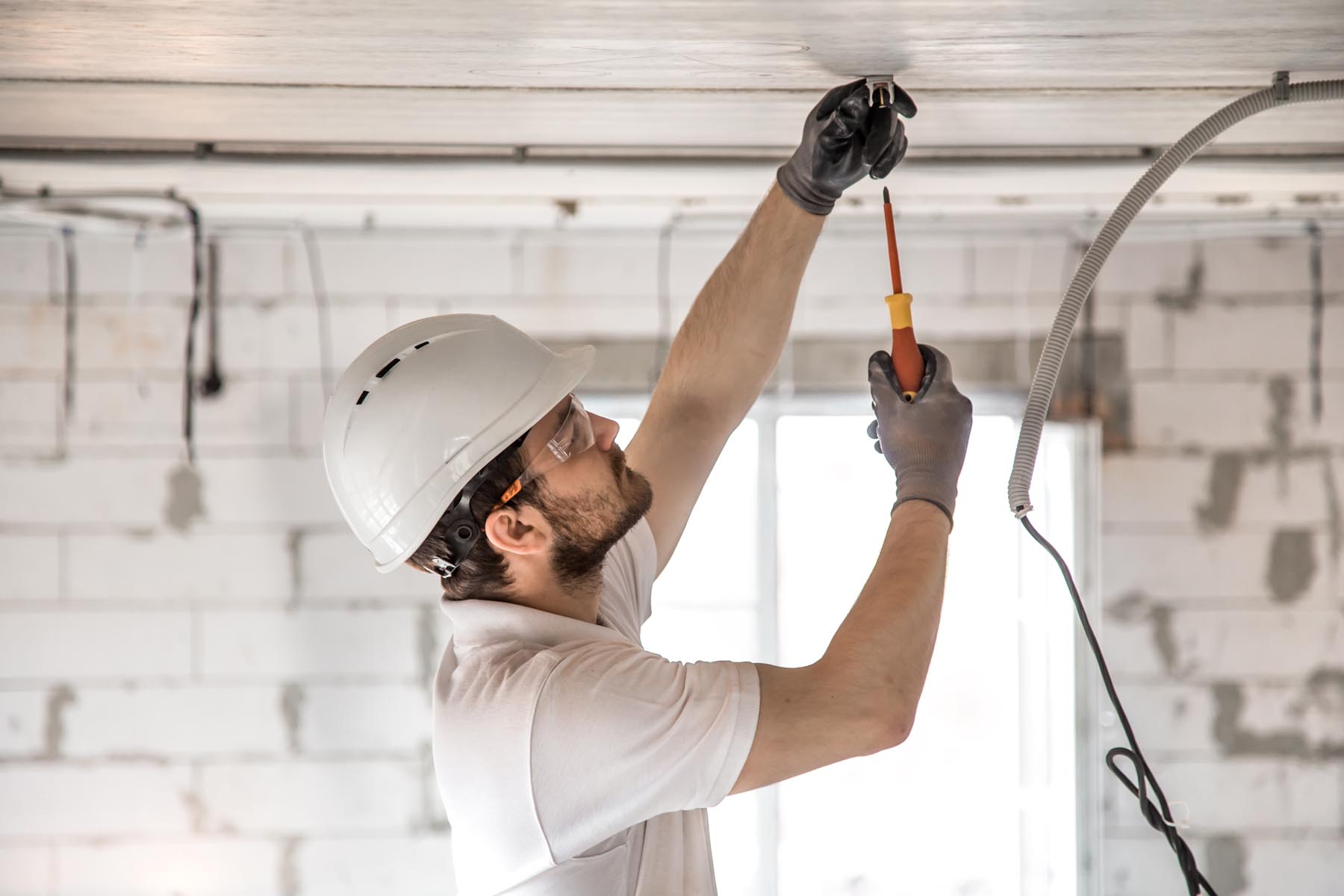
puhimec / Adobe Stock
What Is the Full Scope of Cable Removal Services that Companies Offer?
Comprehensive cable abatement services are essential for maintaining a safe and efficient working environment. The process involves several critical steps, including:
- Detailed Assessment: This involves identifying the types and quantities of cables present, understanding their current uses (if any), and determining the potential risks or challenges involved in their removal.
- Strategic Planning: A detailed plan is developed for the abatement project following the assessment. This plan outlines the methods and procedures for cable removal, including timelines, safety protocols, and resource allocation.
- Safe Removal Processes: This step often requires careful coordination, especially in complex or sensitive environments, to minimize disruption and avoid potential hazards.
- Cleanup and Verification: Once the cables have been removed, the area undergoes a thorough cleanup to remove any debris or residual materials. This step ensures the space is free of unwanted cabling and left clean and safe for future use.
- Final Walkthrough and Documentation: The project concludes with a final walkthrough, during which the client reviews the results of the abatement process. This step allows clients to inspect the work and confirm that their project expectations have been met.
Eric Wilmot, the owner of Zero Foxtrot, stresses the importance of a client-centric approach, noting, “We provide clients with a clear roadmap from the initial assessment to the final walkthrough, ensuring every phase of the project is executed with the utmost attention to detail and professionalism.” This start-to-finish approach ensures the safe and effective removal of unwanted cables.
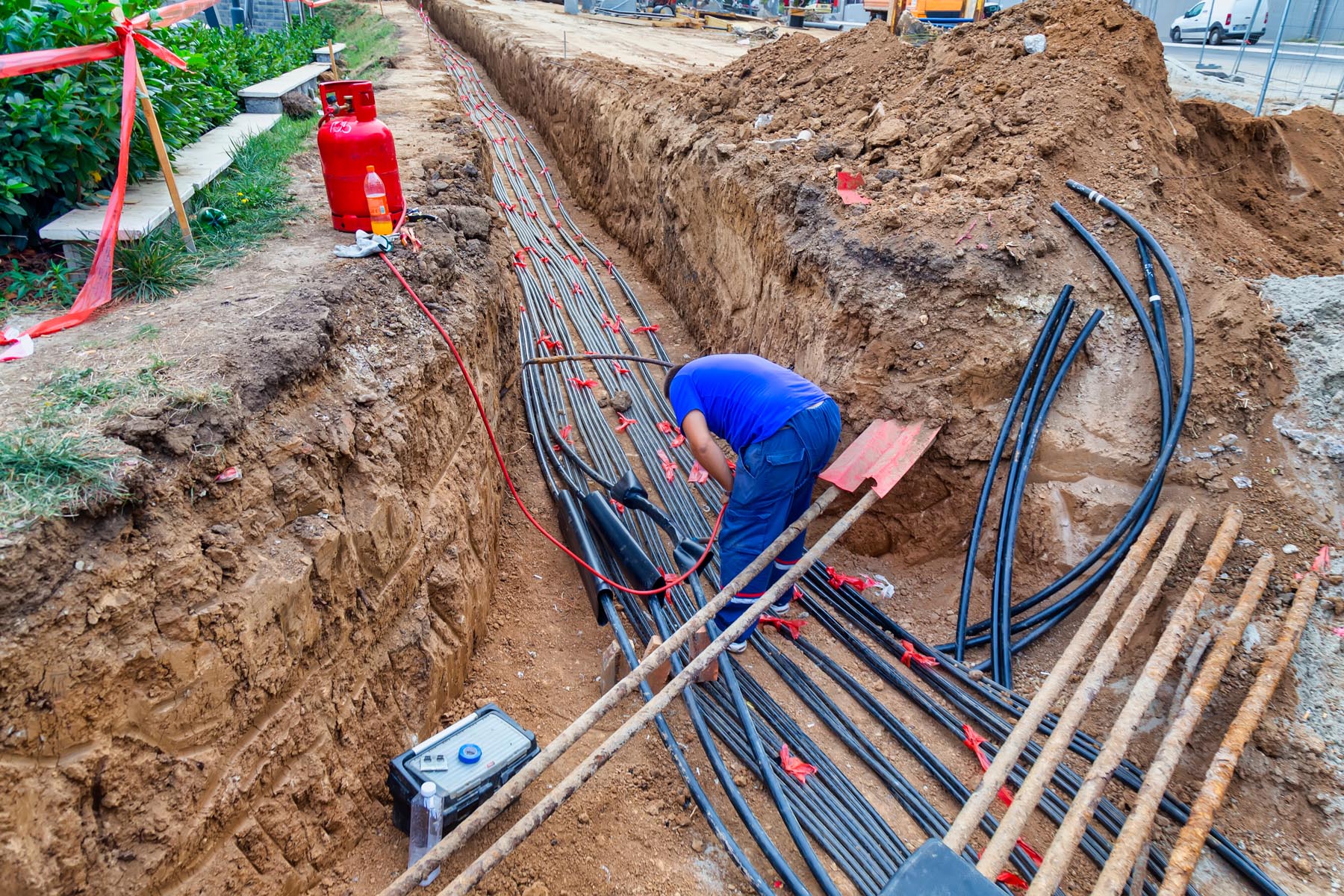
kalpis / Adobe Stock
What Certifications Should a Company Have to Remove Cables in Compliance with the Law?
When it comes to removing cables, certifications play a pivotal role in ensuring that companies operate within the law and adhere to the highest safety standards. This is especially true in environments where the work can impact both human safety and the environment. Here’s an expanded look at the types of certifications a cable abatement company might hold:
- Environmental Management Systems (EMS) Certification (e.g., ISO 14001)
- Occupational Health and Safety Management Systems (e.g., ISO 45001)
- Industry-Specific Technical Qualifications
- Waste Management and Disposal Certifications
- Continuing Education and Training
Zero Foxtrot exemplifies the importance of these certifications and continuous improvement. We maintain and exceed industry standards through our certifications and ongoing staff training. We are 30-Hour Safety Certified by OSHA and follow all safety guidelines and requirements.
Owner Eric Wilmot said, “By aligning our operations with the latest safety, environmental management, and technical standards, Zero Foxtrot meets legal requirements, but we also position our business as a leader in quality and compliance.” This proactive approach to certification and training keeps every party involved in cable abatement safe.

A Stockphoto / Adobe Stock
What Safety Protocols Do Companies Follow During the Cable Abatement Process?
Implementing stringent safety protocols is a cornerstone of responsible cabling system removal services, ensuring the protection of the workforce, clients, and the broader community. This comprehensive approach to safety involves several key components that work together to minimize risks throughout the project lifecycle:
- Hazard Assessments: Before any project begins, the cable abatement company must assess potential hazards. This involves identifying risks associated with removing cables, such as electrical dangers, exposure to hazardous materials, or physical injuries from cutting and removing hardware. Understanding these risks is crucial for effectively planning safety measures.
- Employing Control Measures: Based on the hazard assessment, control measures are implemented to limit identified risks. This can include the use of personal protective equipment (PPE), implementing safety barriers or signage, and creating emergency procedures. For electrical hazards, it could involve ensuring all cables are properly de-energized before work begins. For physical risks, it might include using tools and techniques that reduce the chance of injury.
- Thorough Training in Safety Practices: Comprehensive safety protocols only work if all team members are thoroughly trained and competent in their application. This safety training is required by the Occupational Safety and Health Administration (OSHA). The OSHA regulation 1910.268(c) states: “Where training is required, it shall consist of on-the-job training or classroom-type training or a combination of both. The employer shall certify that employees have been trained by preparing a certification record which includes the identity of the person trained, the signature of the employer or the person who conducted the training, and the date the training was completed.” Regular refresher courses ensure all team members are up-to-date with the most recent safety standards and practices.
- Continuous Monitoring and Improvement: Safety protocols are not static; they require ongoing monitoring and adjustment based on new information, feedback from safety audits, and safety equipment and practices developments. This dynamic approach ensures that safety measures remain effective and responsive to the changing nature of the work environment and the specific challenges of each project.
At Zero Foxtrot, the commitment to safety goes beyond mere compliance with industry standards; it is about setting a higher benchmark for safety excellence. In addition to being 30-hour safety certified by OSHA, our protocols are carefully designed. We incorporate the latest safety innovations, from cutting-edge protective gear to advanced training simulations that prepare our team for various scenarios. We invest in continuous learning and improvement, ensuring our team is equipped with the basic knowledge and at the forefront of safety practices.
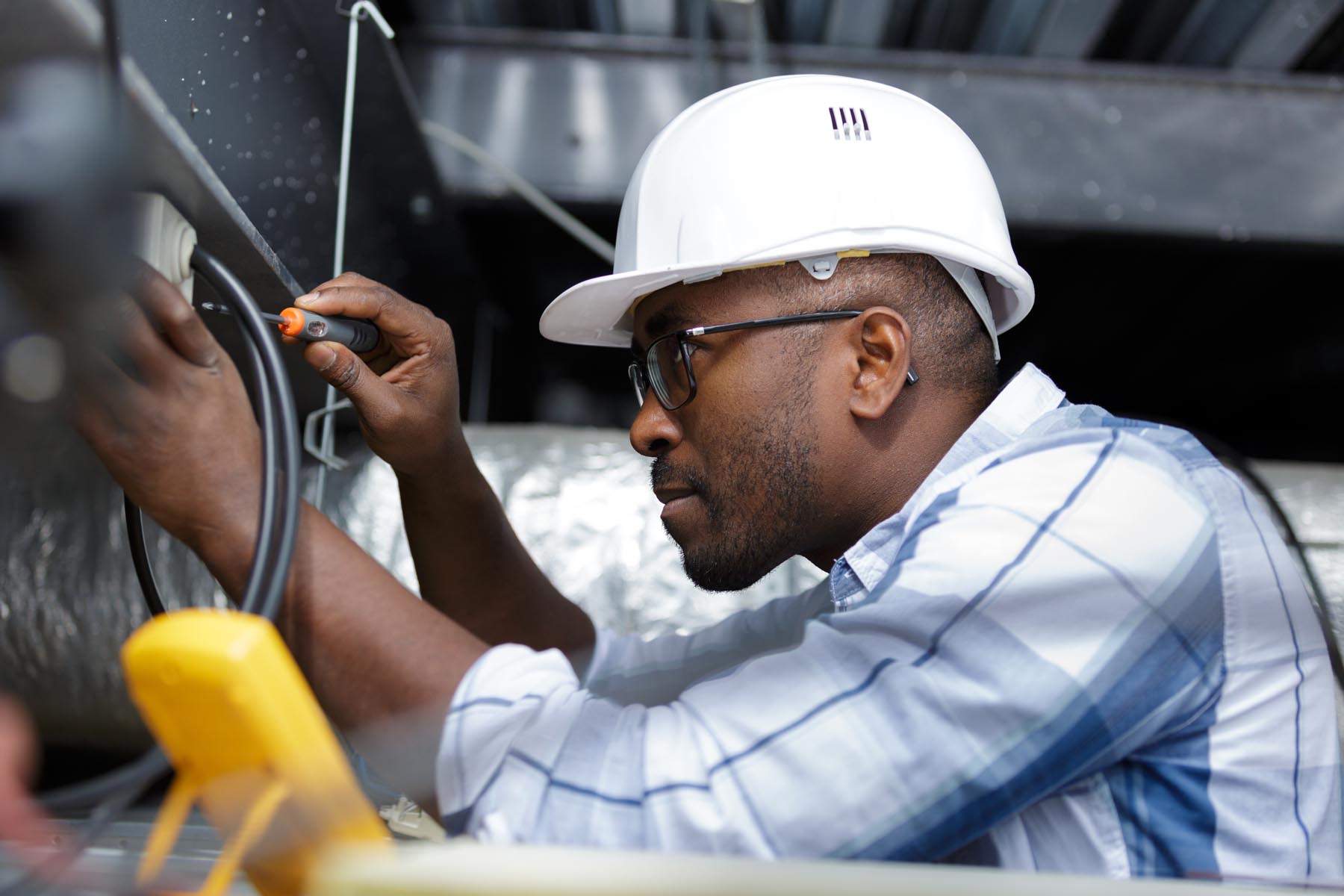
auremar / Adobe Stock
How Will Companies Minimize Disruption to Business Operations During the Cable Abatement Process?
Minimizing disruption to business operations during the cable abatement is crucial for maintaining productivity and ensuring client satisfaction. This goal can be achieved through thoughtful planning, advanced techniques, and open communication. Here’s a closer look at how these strategies are implemented:
- Conducting Work During Off-Hours: One of the most effective ways to reduce disruption is by scheduling the bulk of the abatement work during times when the business is usually closed or during periods of low activity. This could mean working overnight, on weekends, or during scheduled business holidays. Doing so significantly reduces the impact on daily operations, allowing businesses to continue their activities without major interruptions. According to the Electrical Contractor, “When it is possible to remove cable without worrying about end-users running around, savvy ECs can take advantage of the circumstances to make the process relatively fast.”
- Utilizing Cutting-Edge Techniques: Technology advancements allow for quieter, cleaner, and more efficient cable removal. For instance, specialized tools can cut and remove cables with minimal noise, while vacuum systems can capture debris at the source, preventing it from spreading. These techniques expedite the removal process and contribute to a cleaner and safer work environment, reducing the impact on the client’s operations.
- Maintaining Clear Communication: Regular updates ensure that clients are aware of progress and any changes to the schedule. Clear communication also allows clients to express their concerns and for the abatement team to adjust their approach to accommodate the client’s operational requirements.
- Tailored Project Planning and Execution: This starts with a detailed assessment of the client’s schedule, operational sensitivities, and any specific requests they may have. The project plan is then tailored to align with these factors, ensuring that work is carried out to respect the client’s operational environment and minimize impact.
At Zero Foxtrot, our focus on minimizing disruption is integral to our service offering. Our comprehensive planning, advanced techniques, and commitment to open communication ensure our clients can maintain their business operations with minimal interruption. By tailoring our approach to meet each client’s specific needs, we not only achieve our project goals but also enhance the overall client experience, reinforcing our reputation for excellence and reliability in cable abatement services.

Capitol building eastern facade, staircase, Washington DC
How Do Companies Handle the Disposal of Removed Cables and Any Associated Waste?
The disposal of removed cables and associated waste is approached with a keen focus on eco-friendly practices. This process typically involves:
- Sorting Materials for Recycling: Metals like copper and aluminum are reclaimed for reuse, and plastics are categorized based on how they can be recycled.
- Transporting Material to Certified Hazardous Waste Facilities: Stringent regulations dictate the careful handling and disposal of hazardous materials, such as those found in older cables containing lead or asbestos.
- Sending Non-Recyclable and Non-Hazardous Waste to Certified Disposal Facilities: This might include secure landfilling methods or burning materials with energy recovery, executed under strict environmental controls to minimize environmental impact.
At Zero Foxtrot, sustainability is at the forefront of our cable abatement projects. We diligently apply these eco-friendly disposal practices, ensuring materials are either recycled or disposed of in an environmentally conscious manner. According to the co-owner, Drew Weismiller, “Our approach is not only about meeting regulatory compliance but also about contributing positively toward environmental stewardship.” By emphasizing recycling and properly handling hazardous waste, Zero Foxtrot demonstrates a deep commitment to preserving the planet for future generations, reflecting dedication to sustainability in every project.
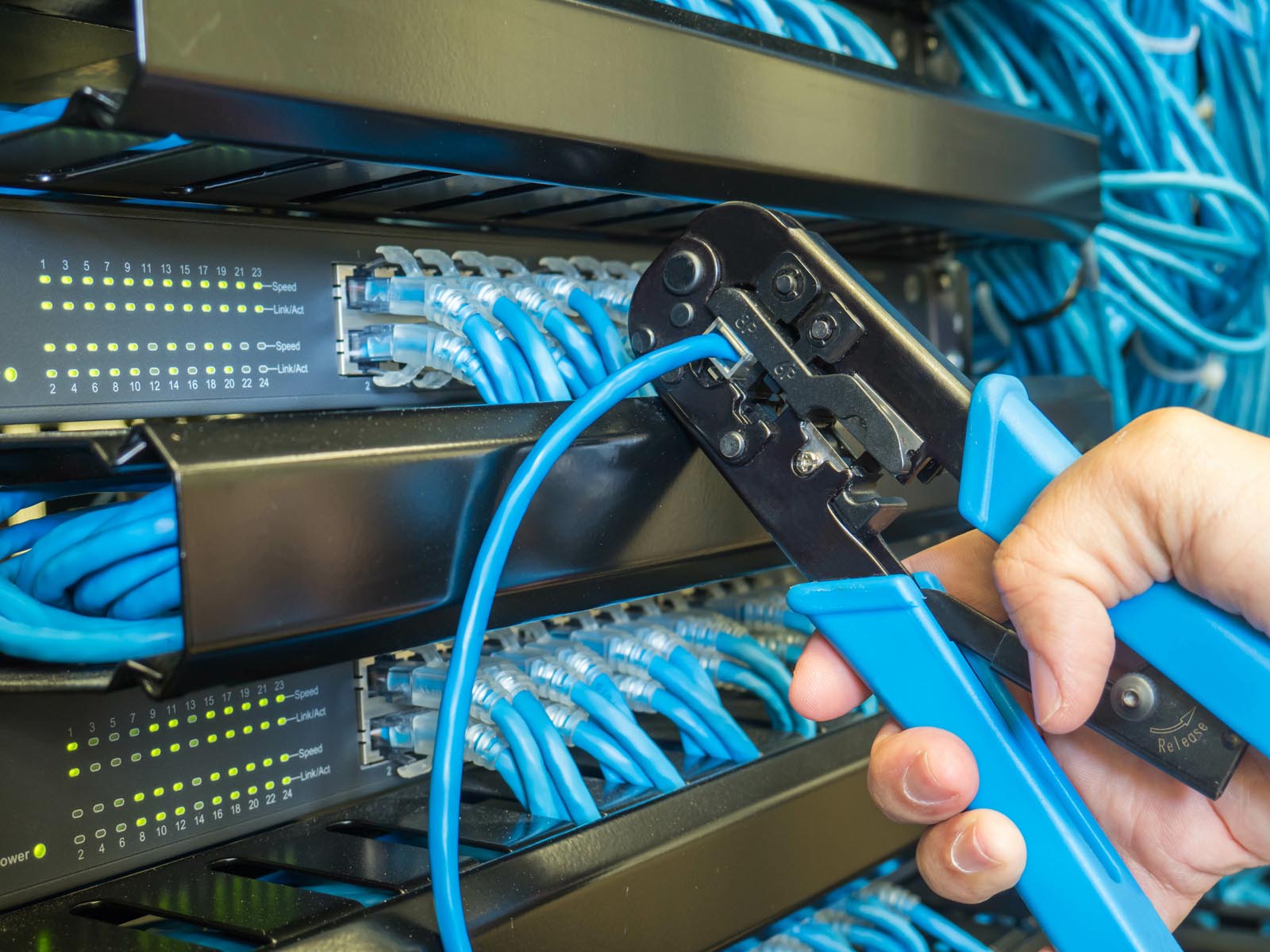
thexfilephoto / Adobe Stock
How Much Do Cable Abatement Services Cost?
The cost of cable abatement services can vary significantly depending on various factors, making it important for providers to offer transparent pricing models. Key factors influencing the cost include:
- Project Size: The scale of the project is a primary determinant of cost since removing abandoned wires is a time-consuming task. Larger spaces with more extensive cabling will require more labor and resources to complete the abatement process, leading to higher costs.
- The Complexity of the Work: The difficulty of accessing and removing cables can impact the price. Factors such as the need to work in confined spaces, the removal of hazardous materials, or the requirement to operate outside of regular business hours can all increase complexity and, by extension, cost.
- Specific Client Requirements: Custom requirements, such as the need for rapid completion, additional safety protocols, or specialized waste disposal methods, can also influence the overall cost of cable abatement services.
- Location: The project’s geographic location can affect costs due to varying labor rates, disposal fees, and regulatory requirements across different regions.
- Materials and Equipment Used: The cost of any special equipment or materials needed to safely and effectively remove and dispose of cables can also contribute to the overall project cost.
In response to these varying factors, transparent pricing models are crucial. They ensure clients receive clear, itemized quotes detailing each phase’s costs, from initial assessment to cleanup. This approach allows clients to understand what they are paying for and make informed decisions based on their needs.

Why Choose Zero-Foxtrot?
[wcu]


